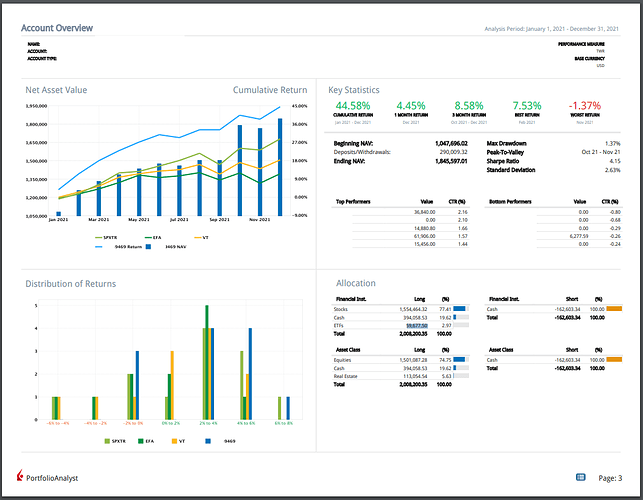For what it’s worth, I can see both sides. Anyone is free to post their success, but it’s a fact that those posting are most likely from the successful rather than than unsuccessful. P123 is a great tool for stock picking, but it really is just a quality data source and tool. The key is that each investor must take ownership of their own risk tolerance and invest accordingly.
While Yuval’s success is not “one off”, it certainly isn’t riskless. His microcap model had a drawdown of 50% in 2020. He even noted that in his 2020 review that he did a cash out refinance in February before the crash and put that money in his models. In hindsight that worked out great, but I imagine it didn’t feel good at the time. The next time of market turmoil may not lend itself to such a quick recovery, and the time to recover from a 50% drawdown may be many years. My point is that a 73% return inherently comes with a requisite amount of risk. These returns of Yuval’s have also been attained in unprecedented favorable market conditions.
This is not meant as a shot to any of those with outsized returns, but rather as a caution to take these stories as a way to pick up some learnings, but not as a blueprint of how to manage risk. Investing is a very psychological pursuit that will test your pain tolerance and have you questioning your methods at the worst possible times.
Overall risk management and portfolio construction including asset diversification is far more important than stock picking models. In the worst times, stock correlations move toward 1 with each other, and factors even invert. If you can’t stay in the game, financially or psychologically, having the best model won’t matter.
Be careful out there!


